Great pics everybody!
I had left off with the F-5s at Santiago IAP. But there was lots more to be seen on this ramp. Although variations of this pictures have already been displayed in this subject, I also wanted to share my view. We had to vacate the ramp due to the arrival of the DHC-6 Twin otter. We choose the stairs of a Boeing 707 to witness its arrival.
A sight not to be repeated very often. A Grupo 5, from Puerto Montt, Twin Otter taxies on the ramp in front of a row of F-5s. It later backtracks into position under own power.
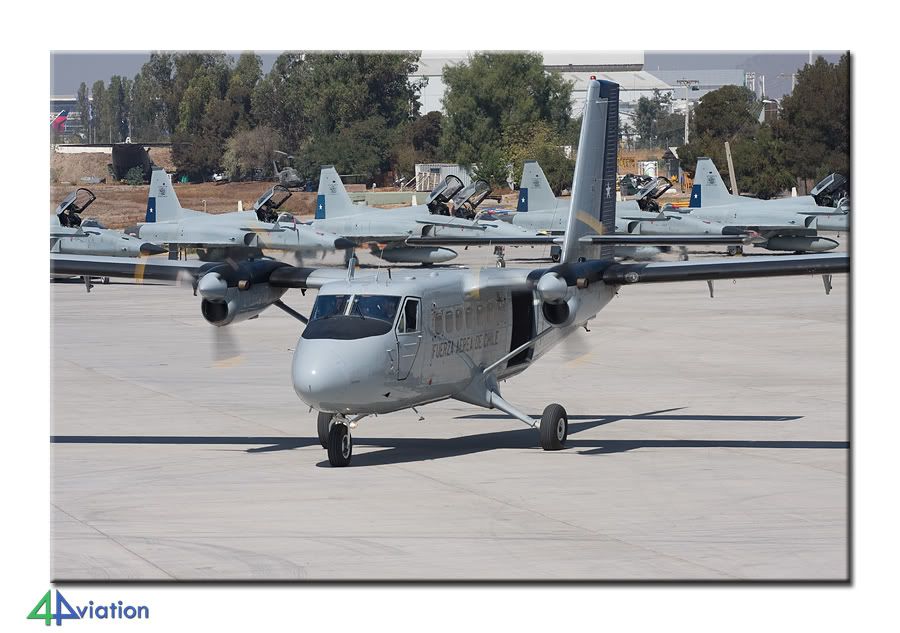 A new addition to the Chilean Air Force, is this KC-135E. under the paint we could still see its former serial, 57-1501.
A new addition to the Chilean Air Force, is this KC-135E. under the paint we could still see its former serial, 57-1501.
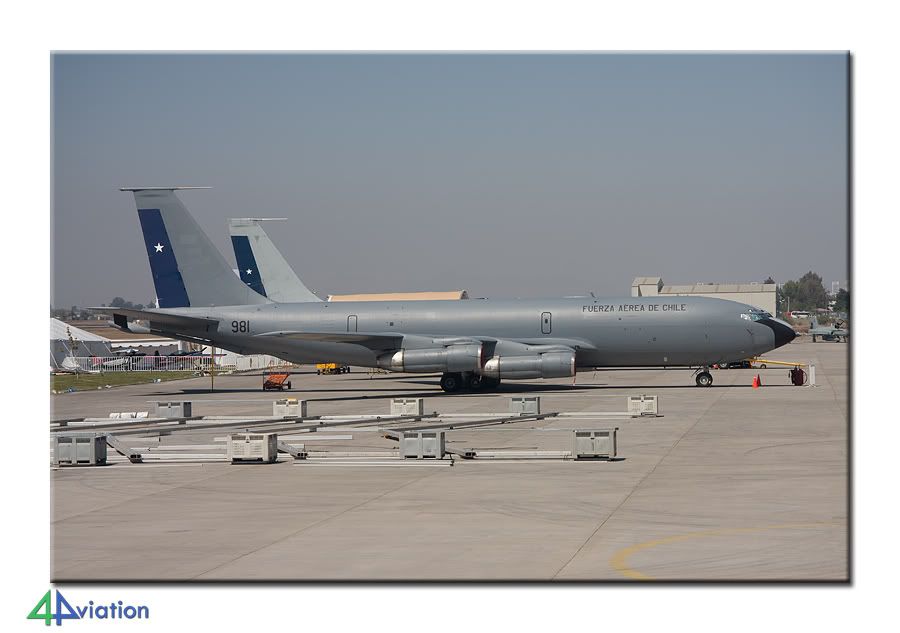
Many more aircraft were seen and pics were taken, but there is always a time to leave the base.
We went outside and waited for the things to happen.
Also involved in the relief missions, were the air force CASA 212s. They are very suitable for the many small airstrips in the country.
Because of the pointy nose and the winglets, we know this is a CASA212-300DF

Because there are parallel runways, you always have to pay attention as to where the interesting stuff is coming and going. Part of our tactic was to keep an eye on the local spotters who had scanners and could understand the, mostly, Spanish communications. For the next picture we had to
scramble to the easterly runway.
Two Learjet 35s are in the SAF (Servicio Aerofotogramétrico) inventory. Both have some kind of modification under the belly.
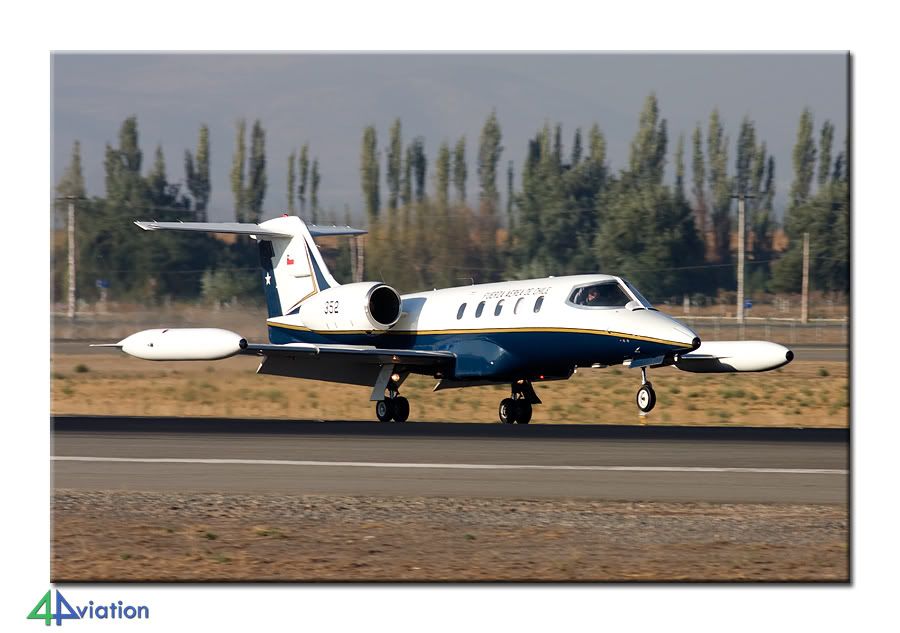
Nice surprise were two Raptors arriving for the airshow. They were supported by two KC-10s from the 60th AMW Travis AFB. Because of the small ramps, one of them was parked on a main taxitrack between both runways. It stayed there for a couple of days.
This picture was taken from the western perimeter road. In the afternoon you have the sun in the back, and the mountains in front of you.
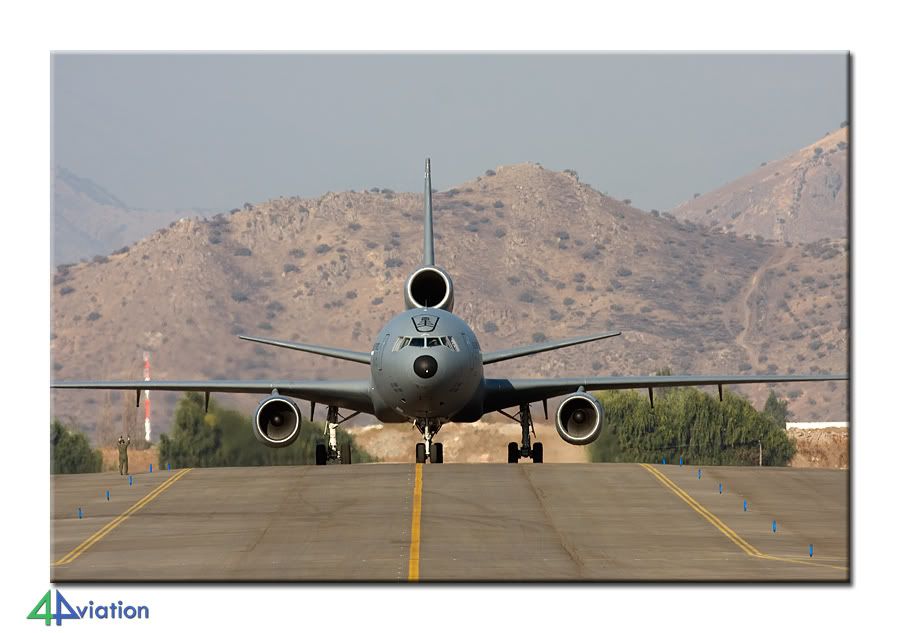
On Saturday, we went to the large museum at the former airfield of Los Cerillos. We got a 'behind the scene'-tour, and not only checked out the nicely refurbished aircraft, but also the bits and pieces lying around.
This is the fuselage, the wings lie next to it, of a former South African Cheetah. It still sport the South African Air Force markings, and serial 833.
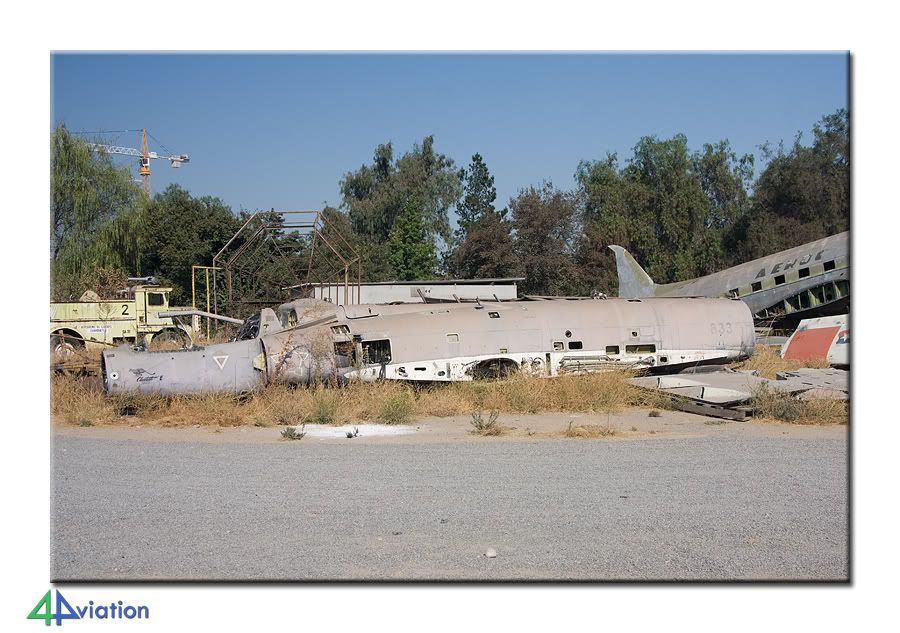 In much better shape is this C-47A.
In much better shape is this C-47A.
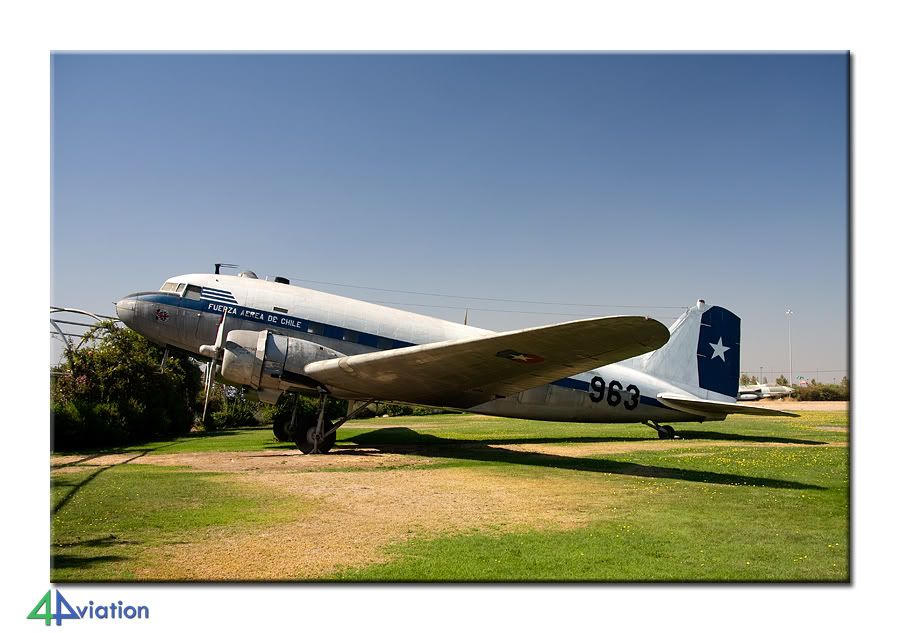
After visiting the museum and enjoying a couple of refreshments we headed north of town for some small W&R locations.
Guarding the tiny airfield of San Felipe was this Beech 18.
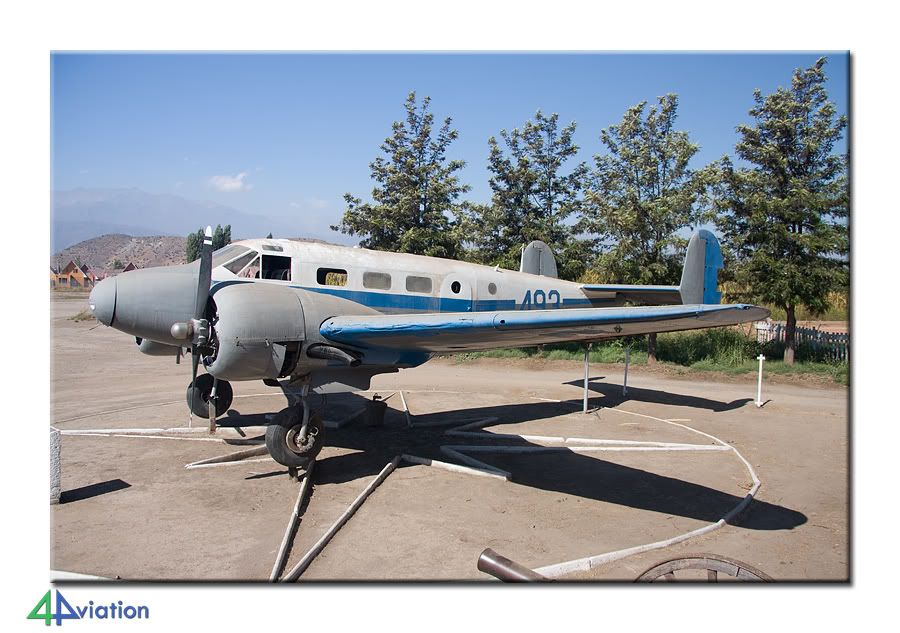
Originally we planned to do some more W&R hunting on the Sunday. But we had heard about a deployment of five Air Force UH-1s to the city of Talca. As there was enough room in the schedule for the W&R in the following days we headed south. We past the army base of Rancagua and checked out the local situations. Lots to be seen, but we would return here later in the week.
The airfield of Talca is just north of town. Five Grupo 9 Hueys were found, and the extra treat was a Carabineros A109 flying overhead.

Afterwards we made a little drive through the town. It is an old town and a lot of buildings were hit hard by the earthquake. Despite the bad situation, the spirit was high with the local people. There were many signs of cleaning the town and major reconstruction was going on on all the main routes we drove on.
On Monday morning 08.00AM, we were expected at the Escuela de Aviación at El Bosque.
We got the complete tour and got to see almost fifty aircraft, of which thirty were the locally built T-35.
Not seen in a lot of air forces is the PA-28. Today we saw four operational ones, and two in storage.
 Every Monday and Thursday, the majority of the personnel at the base has to line up for some serious marching. This lasts the better part of the morning. There is a penalty of one extra lap around the control tower for not doing your best. 72 is the number of laps for the current record holder.
Every Monday and Thursday, the majority of the personnel at the base has to line up for some serious marching. This lasts the better part of the morning. There is a penalty of one extra lap around the control tower for not doing your best. 72 is the number of laps for the current record holder.
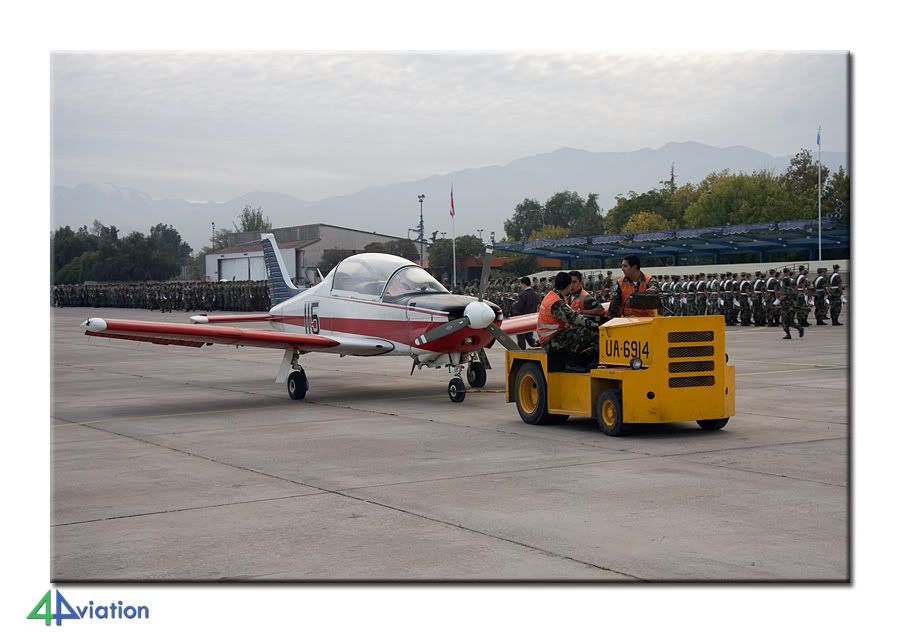 This was about the only day when we woke up without blue skies. In the morning there were a few clouds, but taking pictures and writing numbers was not a burden.
This was about the only day when we woke up without blue skies. In the morning there were a few clouds, but taking pictures and writing numbers was not a burden.
Here you see a couple of members of the tour roaming the ramp.

After the tour it was back to the international airfield. More arrivals were expected, and several participants were scheduled for some rehearsals. The FIDAE had a very neat timetable on their website.
A fairly new addition to the air force are the Block 50 F-16s. Two F-16Cs were present during the show. Unfortunately no hump back F-16Ds, but you can simply not have it all! These Vipers are based all the way in the north, at Iquique.
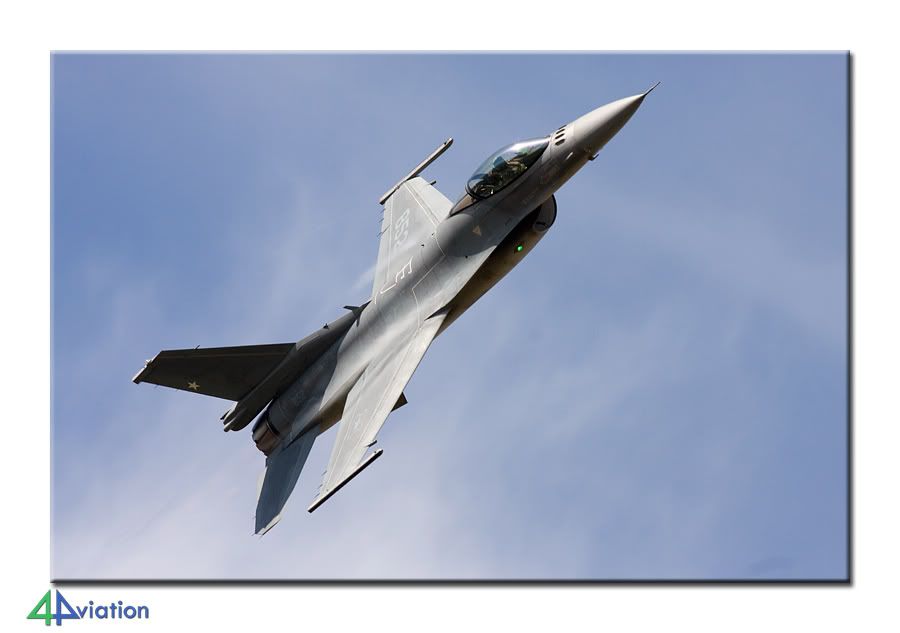 Just like the Belgian Mirage, this F-16 looks a bit more familiar. Not so many moons ago, it used to operate with the Royal Netherlands Air Force as J-360.
Just like the Belgian Mirage, this F-16 looks a bit more familiar. Not so many moons ago, it used to operate with the Royal Netherlands Air Force as J-360.
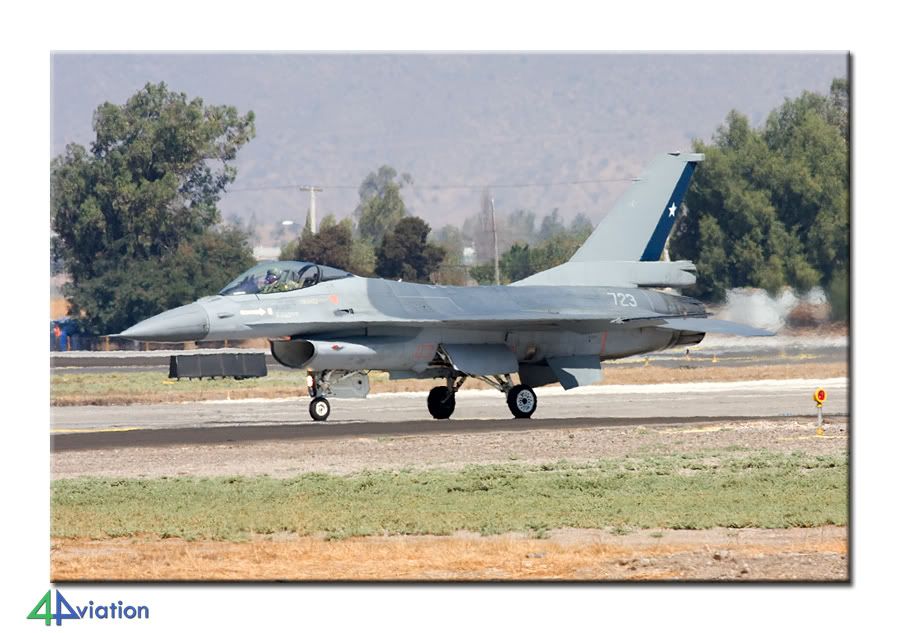
Again we we switching runways. Our main interest were the Brazilian aircraft. We managed to miss both AMX, and Super Tucanos on approach. We we did get a couple of their bigger brothers and sisters.
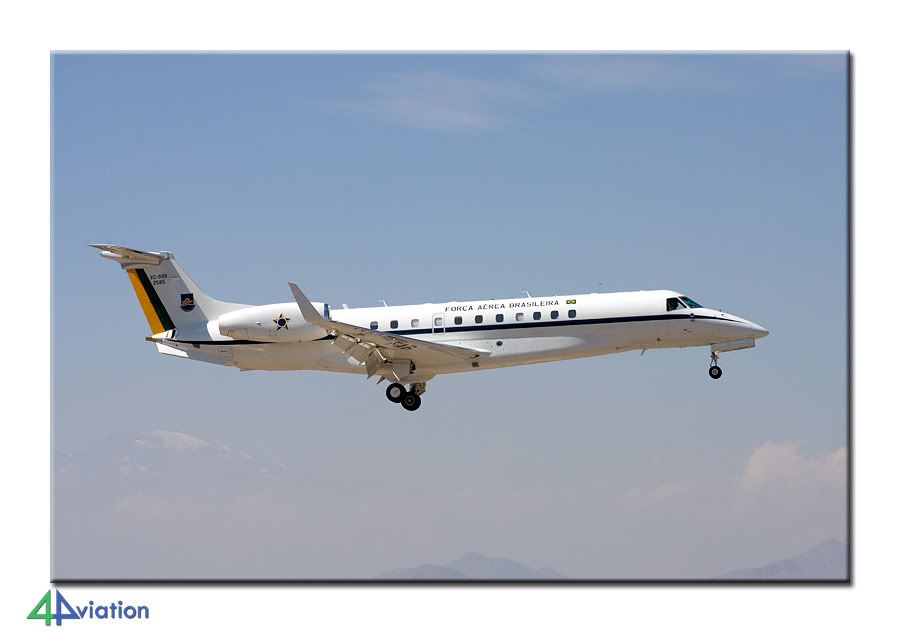
The F-22 is a raw beast. it took off from the wrong end and went vertical in front of the FIDAE-area. While doing that it caused a bit of a dust storm. It was amazing to stand below this beast and see it perform its tricks.
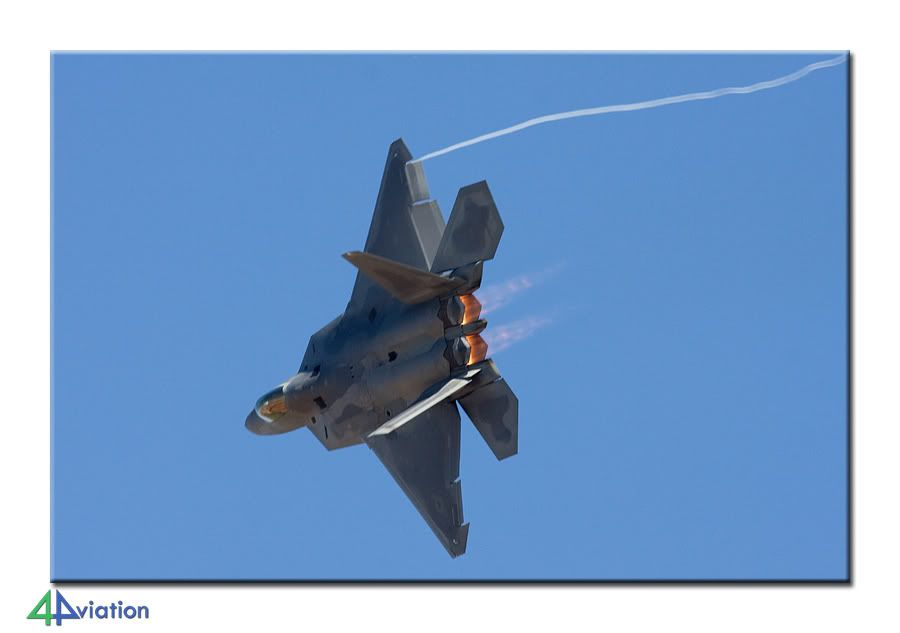
A few more from Brazil.
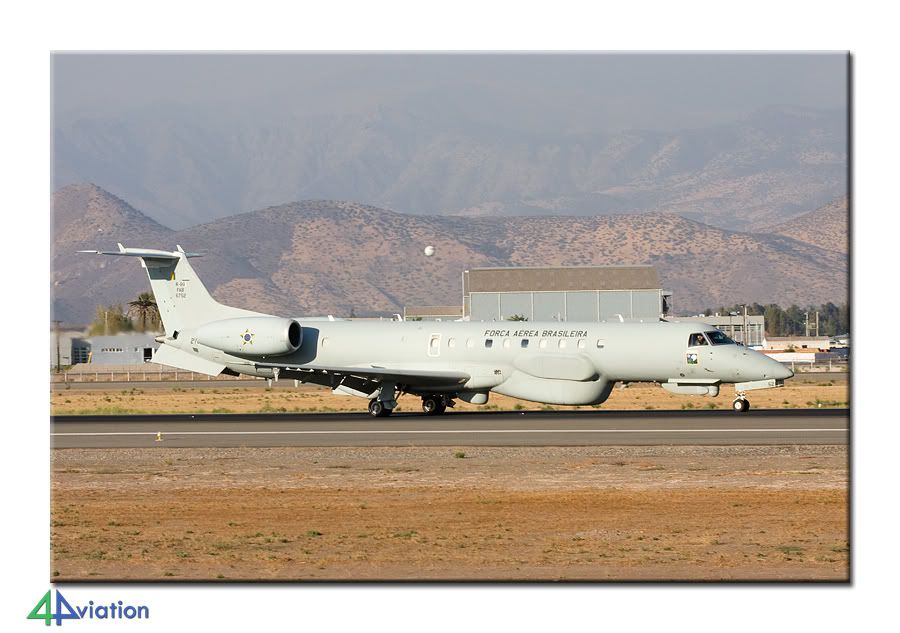
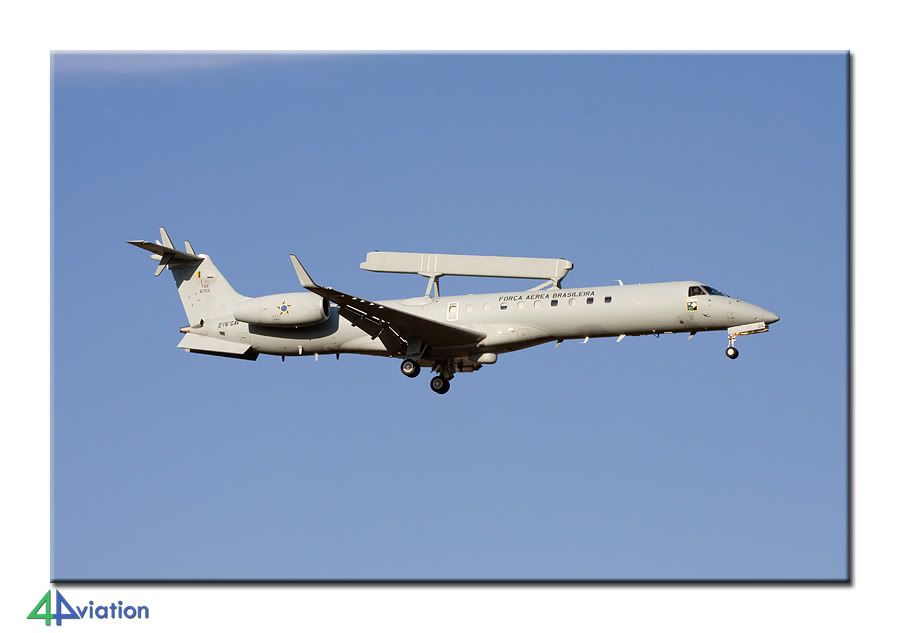
By now it was Tuesday and we had to take care of some of the minor airfields is town. We headed for Tobalaba – Eulogio Sanchez Errazuriz , in the eastern part of town to check out the Carabineros. In my best Spanish (Buenos diaz, Hola signor, nos visitar le Carabineros, or something of the like) I managed to get us on the field. We knocked on the door of the Carabineros and a friendly guy took us around.
Lots of their helicopters were deployed. Outside was a Bk117, in one hangar was their last Bell 206 and in the other this below A109. They pulled off the covers and put some juice in it.

At the next airfield, Municipal de Vitacura, the fence was open and we simply drove in. Half way the airfield we found two L-19s and a couple of air force gliders.
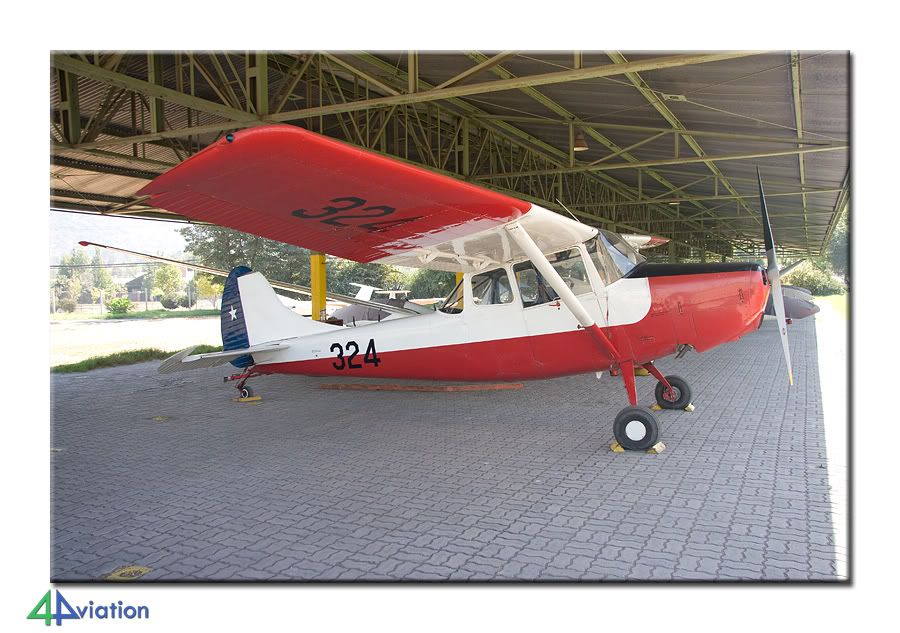
In the afternoon we went back to the main airport and gained access for the FIDAE. We could now check out the aircraft we had missed on approach. There were still aircraft coming in and lots were towed around. Because of this, there were no fences yet and we were able to take decent pictures and check out lots of con numbers.
Another exotic piece of aviation equipment from Brazil. Besides two from the home country, also the first for Chile was present at the show.
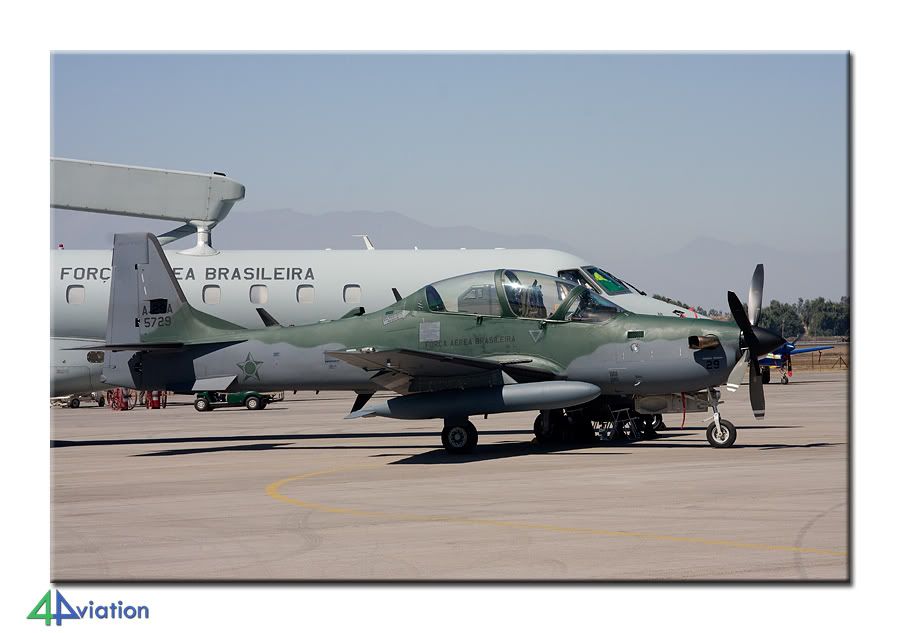
The local choppers were flying lots of missions. below a small impression.

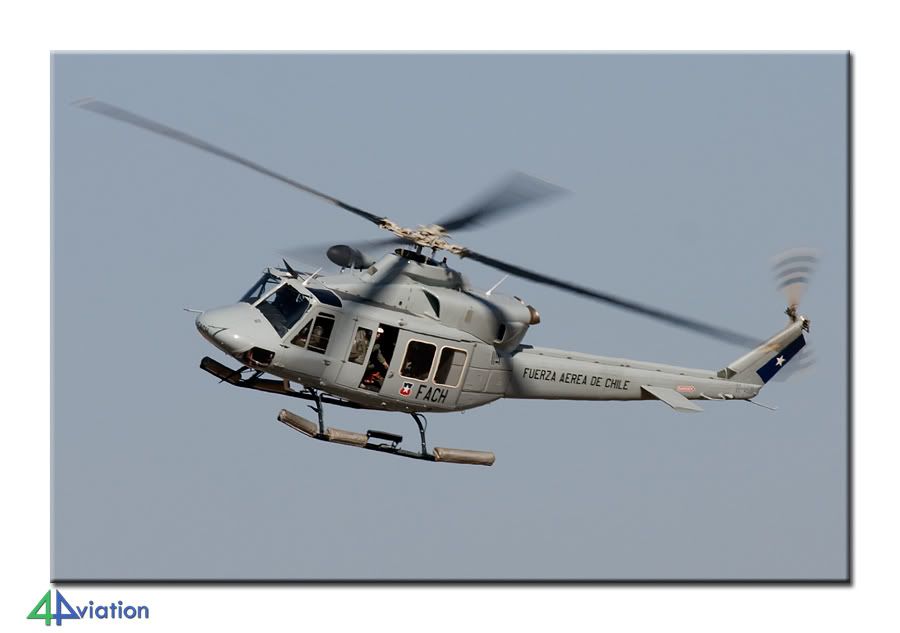
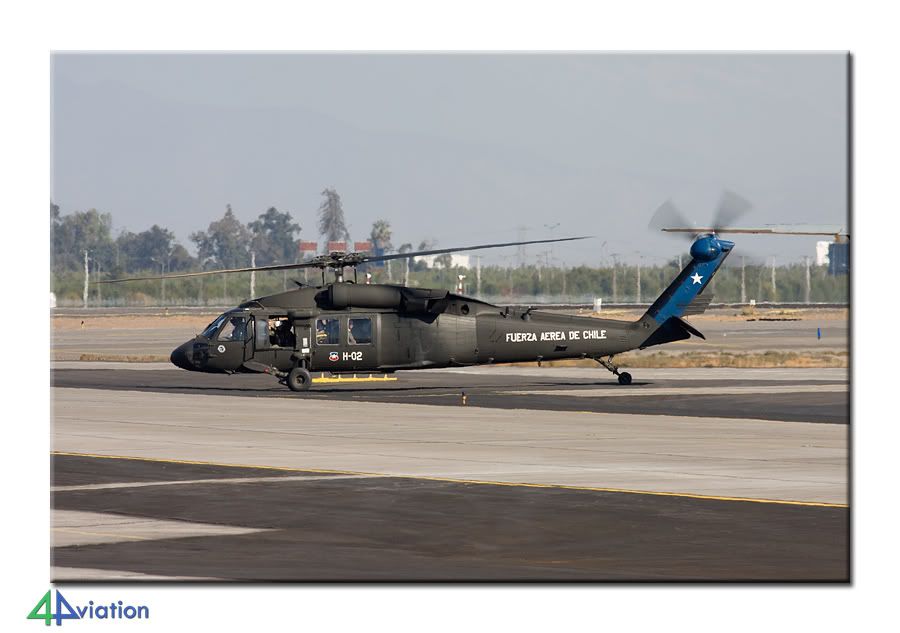
And one of the highlights for me on this years show:
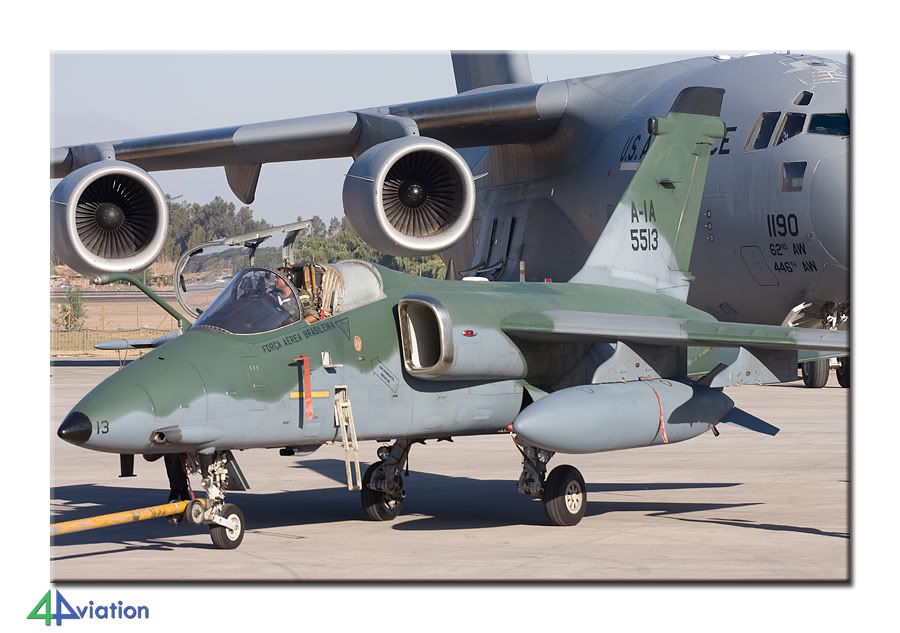
On Wednesday we had originally planned to go to Rancagua, but we changed our plans and headed for the coast. Viña del Mar was the only base we had a definite NO for a base visit. Nothing happened on the base while we were having a look. We went further north to see the Hunter at the airfield of Quintero, and found two more W&R, a Bell 206 and an O-2, near the coast in the town of Viña del Mar.
We decided to go to the main gate of the base anyway. We got on the base and were allowed to only take a picture of the preserved Orion, straight into the sun.
On Thursday morning we again went out to the main field to watch more displays. In the early afternoon we went south for a go at Rancagua. Via the phone we had been given permission to visit the airfield. But this was before the earthquake, and since then no more contact was made. We turned up at the gate with my mail to the commander and were brought to the operations room. A major showed up with our mate Erwin. After some discussions we were allowed to wonder around the airfield. When we were on the base a Hughes Defender, H-133, crashed near Talca. The army had enough reasons to kick us off the field, but declined to do so. My gratitude goes out to the persistent Major (and us for nagging him a bit).
This is the result.
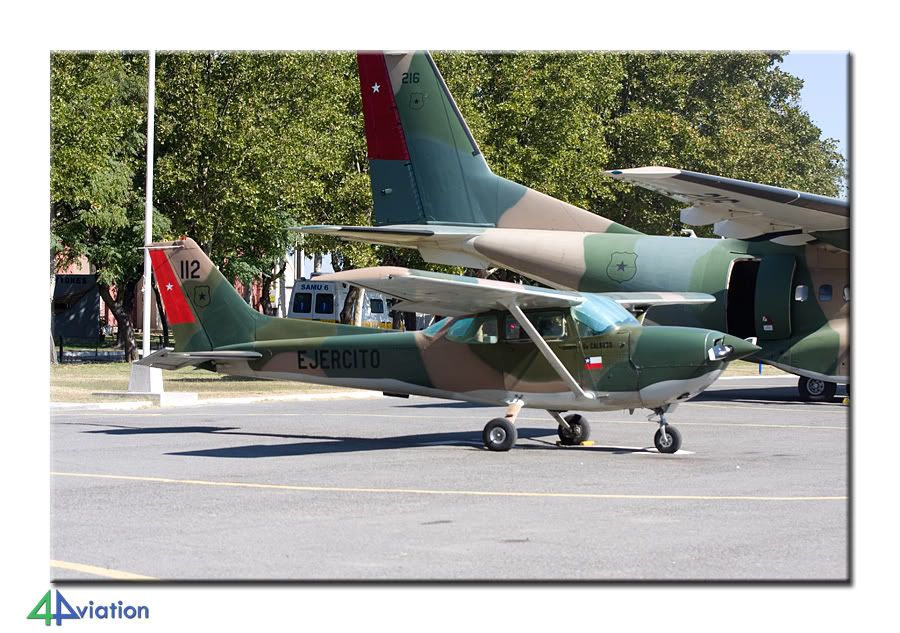
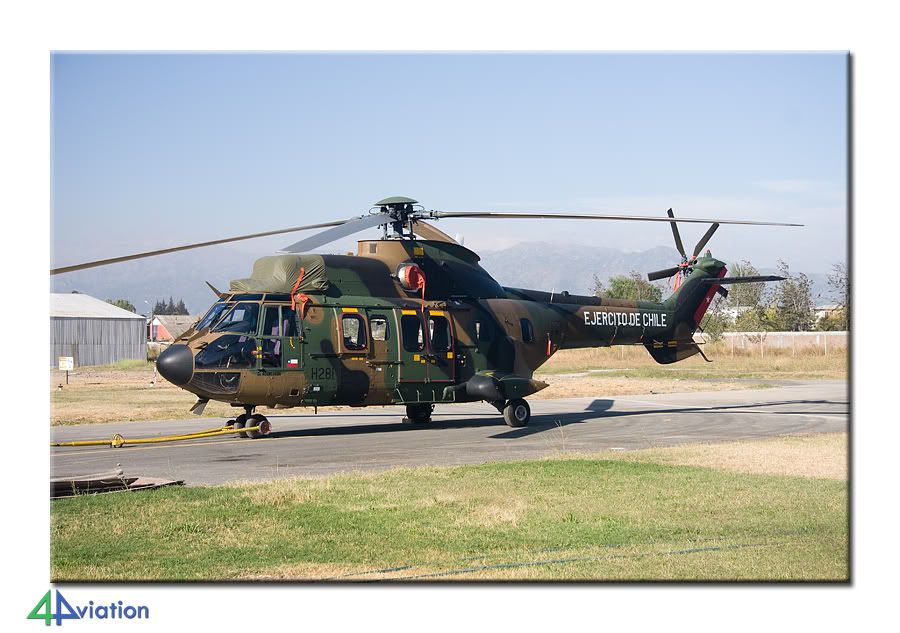
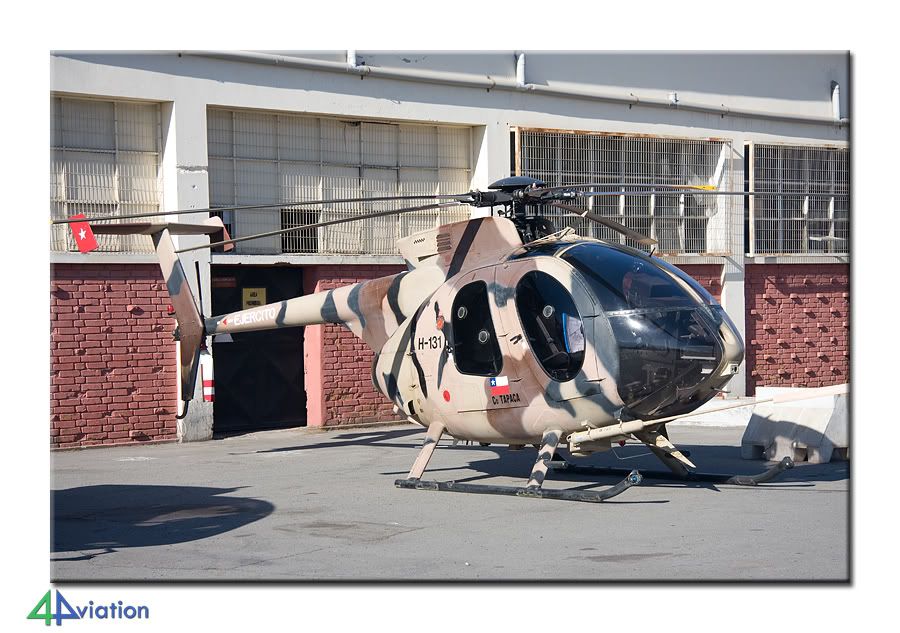
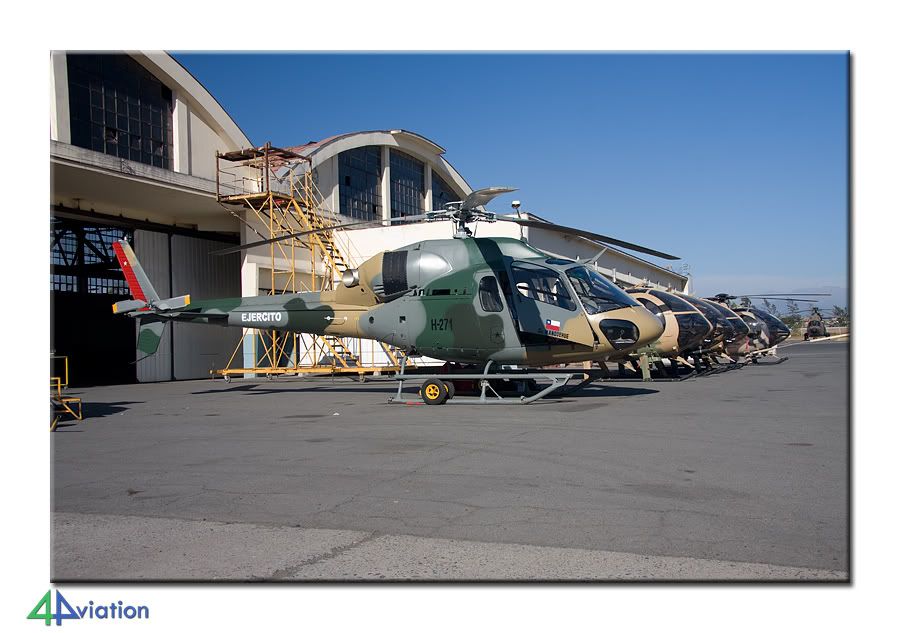
This was a small impressions of our time in Chile.
It is a beautiful country, with very kind people, good food and drinks. I can recommend it to everybody.
Hope you enjoyed it,
Jurgen
4Aviation




































